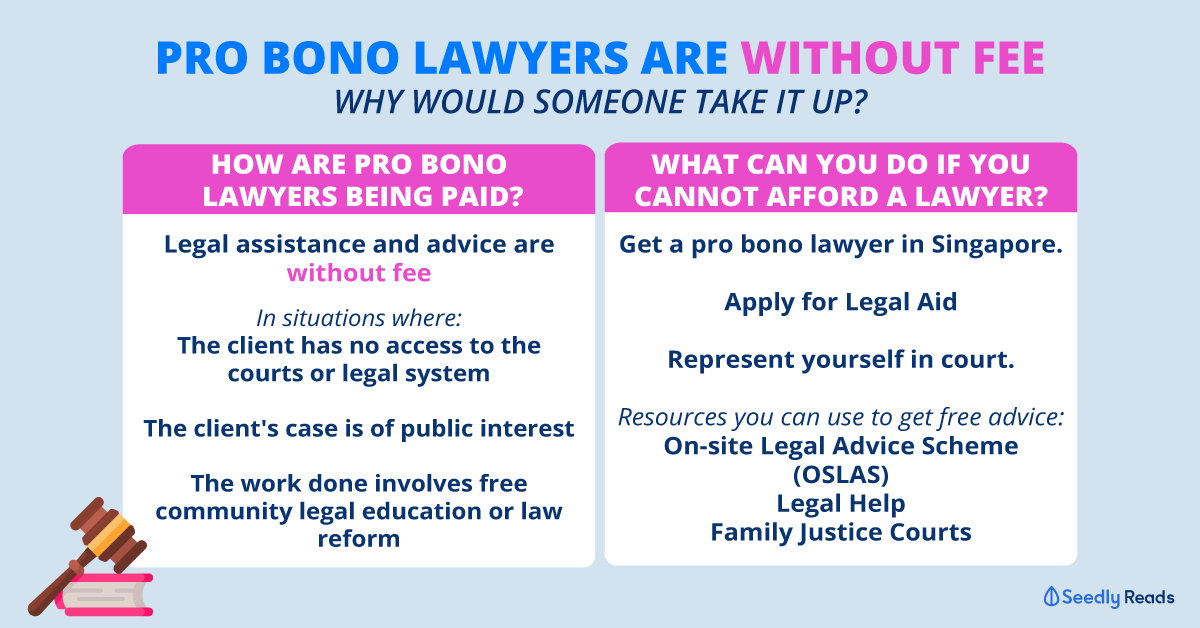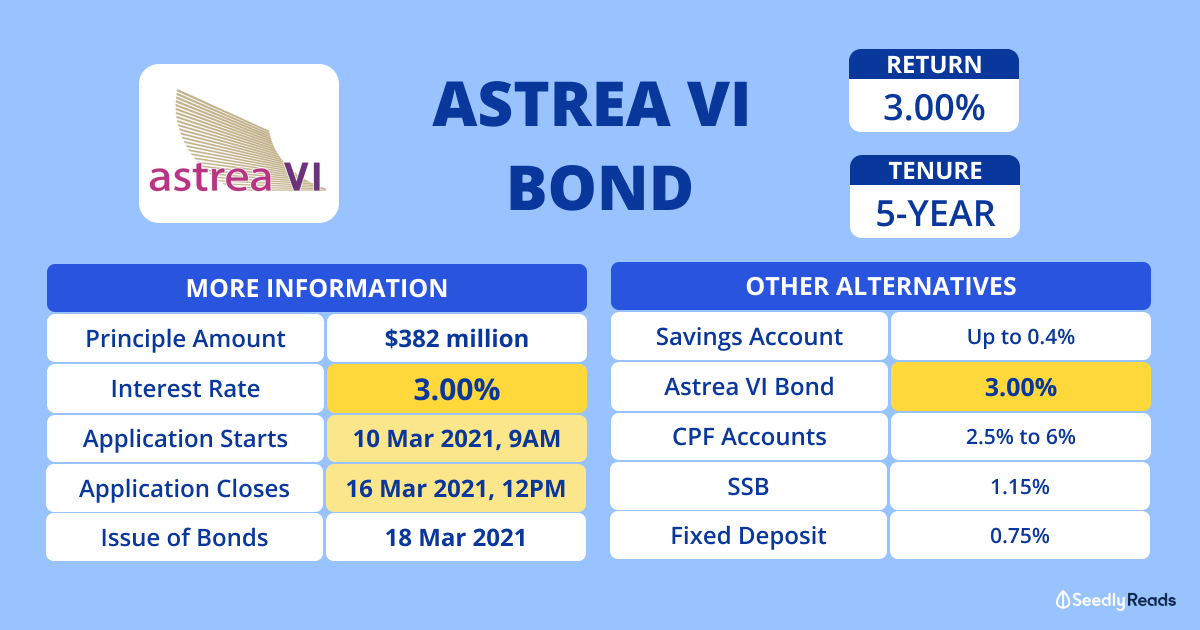Advertisement
Anonymous
Can someone explain how does compounding work when buying stocks/ETFs?
E.g. I buy 5 shares of ABC or XYZ ETF at $100 each and hold. 10 years later, the stock price of ABC or XYZ ETF rises to $130. Wouldnt i have just gained $30×5=$150? In this case, there is no compounding right? Or am i understanding wrongly? Then why do people always say invest early and let compounding work?
3
Discussion (3)
Learn how to style your text
Zac
04 Feb 2021
Noob at Idiots Invest
Reply
Save
Randy
04 Feb 2021
Financial Analyst at
Investment is a path dependent.
To reach 130 (in your example). It could be (0% for the first 9 years and then 30% at the last year) OR 2.7% every year (NOTE that it is not 3% since 3%*10 = 30%) because every year it is 2.7% return of the previous year closing balance (not the price you pay)
And you can receive dividend too along the way.
Reply
Save
thefrugalstudent
04 Feb 2021
Founder at thefrugalstudent.com
Hi Anon,
I think it's easier to understand compounding when there are dividends involved.
If you ...
Read 1 other comments with a Seedly account
You will also enjoy exclusive benefits and get access to members only features.
Sign up or login with an email here
Write your thoughts
Related Articles
Related Posts
Related Posts
Advertisement








Firstly, the context in which you interpret a statement is critical. "Invest early and let compounding work" is often used in the context of index investing. In index investing, you buy the whole market. Markets tend to go up over time, so it makes sense to start earlier rather than later.
I wrote an illustration on compounding in this chat thread: https://seedly.sg/questions/i-always-heard-time...
But I'll put the illustration here anyway:
Compounding effect is like, let's say you put $100 into the stock market and it earns you 10%. (Your money turns from 100% to 110%)
So after 1 year you have $100 capital + $10 profit = $110. ($100 x 110%)
After 2 years you have $100 capital + $21 profit = $121. ($110 x 110%)
After 3 years you have $100 capital + $33.10 profit = $133.10 ($121 x 110%)
etc
etc
Can see the profit growing bigger every year? After 10 years, your $100 has turned into $259. Compounding is what happens when your $100 capital starts earning more and more with time, because the profit starts earning interest also, eventually outgrowing your initial capital.
Now imagine a guy comes in at year 10 and puts in $100, whereas you have been investing since year 1, so by year 10 you start with $259. In year 11, his $100 is worth only $110, whereas your $100 (which became $259 by year 10) earned another 10% to become $285. So whose $100 is more powerful, the early bird or the late bird?